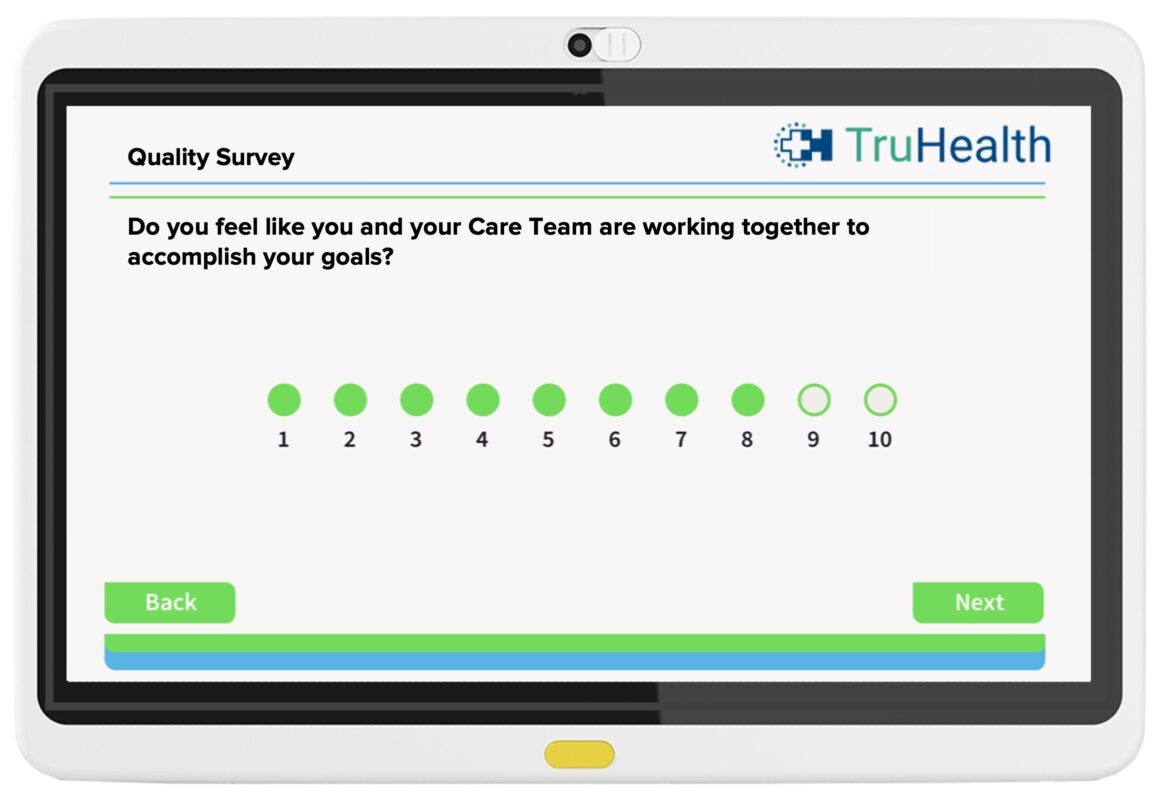Code Blue Response: When Time is of the Essence
Estimated reading time: 6 minutes
In the United States, around 292,000 adults experience in-hospital cardiac arrest each year, according to the American Heart Association.
This is an alarming statistic, highlighting the urgent need for timely intervention. Thankfully, healthcare providers have Code Blue response teams that are well-prepared and equipped to handle such emergencies. These teams, consisting of 4 to 15 members, depending on hospital protocols, are assigned specific roles during a crisis.
When a cardiac emergency occurs, the Code Blue team drops everything and rushes to the scene, likely experiencing some stress. Understandably, it's a tense time, but these professionals know their jobs well. Upon entering the room, the Recorder Nurse grabs a clipboard or any available material to jot down each step of the Code response, including pulse checks, Epinephrine administration, defibrillator activation, and more. Surprisingly, the most common thing the Recorder Nurse uses to document the call is their hand or arm! They often write Code Blue details on their hands or scrubs using an ink pen or Sharpie.
However, relying on hands or clothing as a documentation method poses several risks. There's a higher chance of missing or forgetting critical information, and the time spent transferring and reading handwritten notes may not provide a complete and accurate picture of the Code event.
Moreover, when it becomes necessary to transfer the patient to another unit or intensive care, these handwritten records are not immediately accessible. Only at the end of the event can the notes and team information be transferred onto paper for scanning into the patient's EHR, raising concerns about patient safety.
To address these challenges and make the documentation process more efficient and accurate, HCI offers the Code Blue Response module.
When entering the room, the Recorder Nurse or any member of the response team simply taps the "Start" icon on the Patient Whiteboard, initiating automatic recording of the Code event. This recorded information is then seamlessly written back to the EHR at the end of the Code.
Additionally, tapping the "Start" icon activates a CPR Metronome, which provides tones to guide hands-on CPR and ensure consistent chest compressions with the correct timing. Tapping "Stop" turns off the Metronome audio, but the event details are still captured. As the Code alerts, the patient's most recent Telemetry and Lab results are displayed on the Patient Whiteboard, providing the response team with crucial patient information.
The HCI Code Blue app includes various features to enhance documentation and streamline the response process. It features a progressive "elapsed time" bar that dynamically displays the duration of the event. Moreover, the app includes PULSE, EPI, and SHOCK buttons that automatically document these Code tasks. The Recorder Nurse can simply touch the appropriate button, and the data is recorded. HCI also ensures that any Do Not Resuscitate (DNR) or other critical information is displayed upfront, enabling the team to be well-prepared for the patient's wishes. Additionally, the Hall Whiteboard and Unit Whiteboard display the Code Blue alert status.
The HCI Code Blue module supports nine additional activity markers that can be configured according to the specific needs of a Code Blue response. Additionally, it offers a freeform activity marker that can be defined during the implementation workflow analysis. For example, the app can be configured to display Joules (for Shock) and Dose, among other options.
Experience the efficiency and accuracy of HCI's Code Blue response across our line of digital whiteboards. Schedule your virtual demo today.
Learn more about CPR and ECC Guidelines from the American Heart Association: https://cpr.heart.org/en/resuscitation-science/cpr-and-ecc-guidelines
Learn more about CPR and ECC Guidelines from the American Heart Association: https://cpr.heart.org/en/resuscitation-science/cpr-and-ecc-guidelines
1 https://www.ahajournals.org/doi/full/10.1161/CIR.0000000000000950?rfr_dat=cr_pub++0pubmed&url_ver=Z39.88-2003&rfr_id=ori%3Arid%3Acrossref.org#d1e676
Share this
You May Also Like

HCI joins BLUESTAR as a Certified ISV Partner!

Patient Service Requests: An App for Direct Fulfillment



